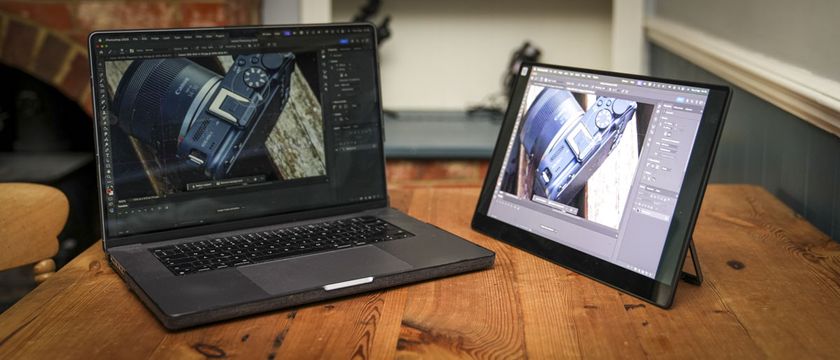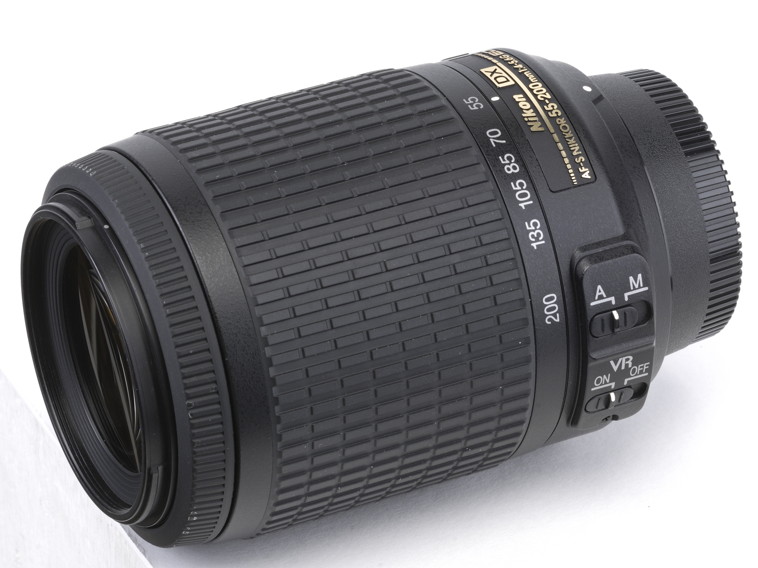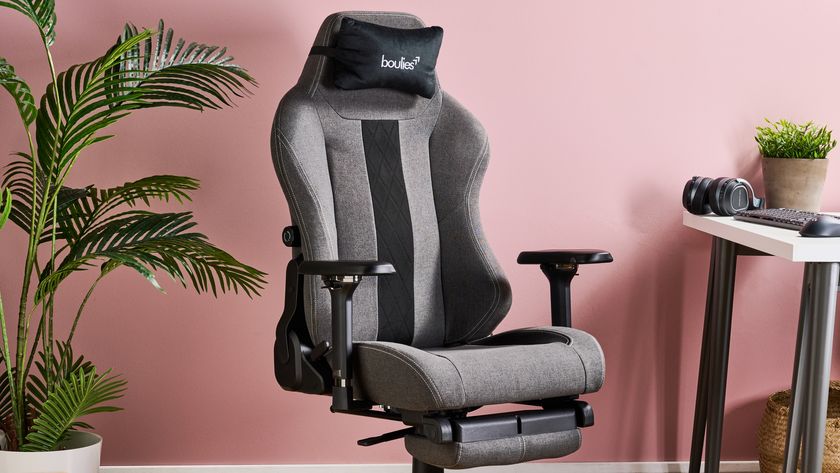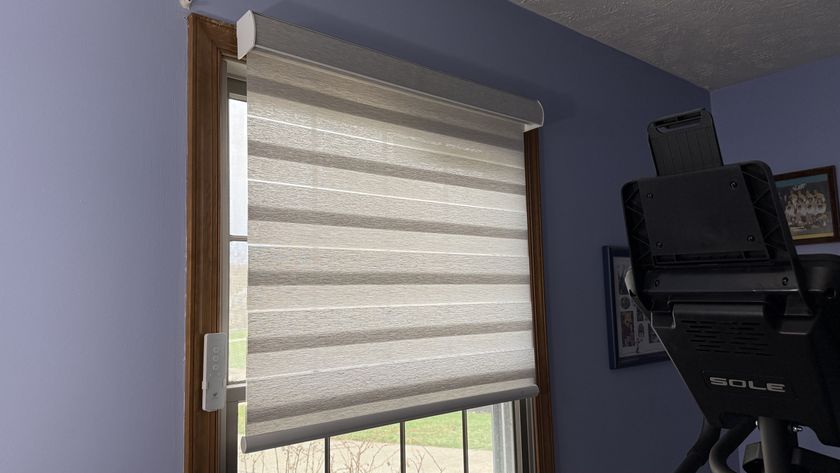TechRadar Verdict
Pros
- +
Very compact and lightweight
- +
Internal focusing so front element neither rotates nor extends
- +
Impressive optical quality at the long end of the zoom range
Cons
- -
Doesn't have the telephoto reach of larger 70-300mm lenses
- -
Could be sharper at short and medium focal lengths
- -
Plastic lens mount
Why you can trust TechRadar
Wouldn't it be great to get some serious telephoto zoom reach without filling up most of your gadget bag with a big clunky lens? The Nikon Nikkor AF-S DX VR 55-200mm f/4-5.6G IF-ED fits the bill with a remarkably compact design, and it's less than half the weight of its big brother, the Nikon 70-300mm VR. A major factor in its downsizing is that, unlike the 70-300mm, this is a 'DX' lens, designed specifically for Nikon DSLRs based on APS-C (rather than full-frame) sensors.
It's quite a basic zoom lens, a kind of telephoto version of the 18-55mm VR kit lens supplied with Nikon's budget DSLRs, such as the D3100 and D5100. With Nikon's 1.5x crop factor, the equivalent zoom range works out to 82.5-300mm.
By way of comparison, Canon's closest equivalent is the EF-S 55-250mm IS, which is a little larger and heavier. The Canon's extra telephoto reach and 1.6x crop factor give you a maximum effective range of 400mm, putting the Nikon in the shade a bit, but the little Nikon still has some smart features to offer.
Design is based on 15 elements in 11 groups, including one ED (Extra-low Dispersion) element to improve resolution and contrast while reducing chromatic aberrations. The maximum aperture drops from f/4 to f/5.6 as you extend the focal length through the zoom range, and can be reduced to f/22-32 via the 7-blade diaphragm.
Autofocus is based on a Nikon AF-S (Silent Wave) ultrasonic motor, which is quiet and reasonably rapid, although not as fast or as near-silent as the more advanced ring-type AF-S fitted to lenses like the Nikon 70-300mm VR. The closest focus distance is 110cm, at which point the lens gives a maximum magnification factor of 0.23x at its longest zoom setting.
Vibration Reduction is of Nikon's now outdated first-generation design and offers a 3-stop benefit in avoiding camera shake, whereas the VR II system featured in newer lenses gives a 4-stop advantage.
In keeping with the small build, the filter thread is a mere 52mm. Featuring internal focusing, the front element neither extends nor rotates during focusing, which is a bonus when using rotation-specific filters such as a circular polariser. Extras include a lens hood and soft pouch.

ICYMI: the week's 7 biggest tech stories from the Nintendo Switch 2 launch to Microsoft turning 50

I reviewed Ricoh’s wireless touchscreen portable monitor – it’s sleek, smart, and frustrating

Fabless chip startup backed by multi-billion Indian company wants to build a $10bn fab in India before 2027










